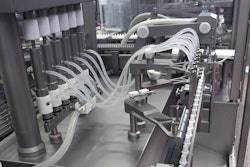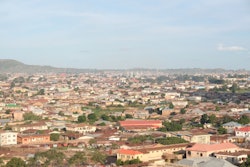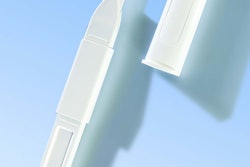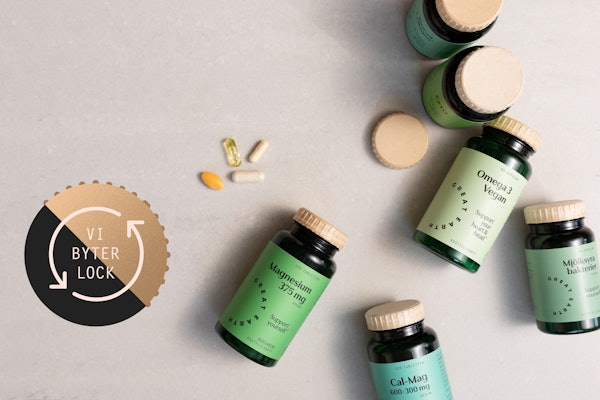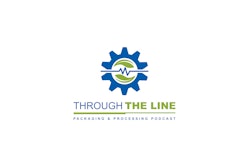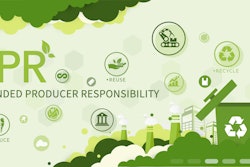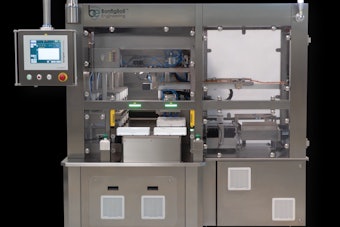
Growth in pharmaceutical synthetics is being driven by global development of new drugs and therapies, but the biopharmaceuticals market is also starting to blossom, offering higher target specificity, efficacy, and fewer side effects than possible with synthetics.
That’s according to a new report, “Active Pharmaceutical Pharmaceutical Ingredients (APIs) Global Market to 2017—Growth in Developing Markets to Come From Cost Efficient Manufacturing and Rising Global Demand,” from GBI Research, a provider of business intelligence reports.
The report says, “Synthetic API revenues contributed 82.7% of revenues for the global API market in 2011, dominating the market. However, a vast amount of expected patent expiries mean that the synthetic pharmaceutical market is seeing revenues increase slowly, while competition grows in the form of the budding biopharmaceutical market. Revenues from the biotech API market have shown growth at a Compound Annual Gorowth Rate (CAGR) of 17.4% during 2005-2011, and this success is expected to continue in the future, reducing the dominance of the synthetic API market.
“Increased uptake of biologics across different therapeutic areas and government initiatives for biomedical research look set to boost API revenues, and promote growth in the biopharmaceutical market. Biologics usually incur high costs and maintenance, but are considered very target specific and highly effective, with low toxicity. This has driven many multinational pharmaceutical companies to shift their focus towards biologics manufacturing, either through subsidiaries or by outsourcing to specialized companies, as the acceptance rate for biologics increases across the globe, justifying the high financial commitment. Biologics are in large demand for the treatment of cancer, diabetes, and rheumatoid arthritis, and multinational companies and governments are allocating enormous funds to biomedical research, boosting biotech API revenues.
“However, these expensive and risky processes are also being overtaken by bids to reduce pharmaceutical pricing in poorer regions. The developed markets of the US, Western Europe, and Japan have traditionally dominated the global pharmaceutical market, but now less affluent countries are reaching for access to modern medicine. Developing countries rely heavily on generic drugs, due to the cost advantage over innovative drugs under patent, and the price of biosimilars in comparison to biologics has allowed the purchase of biopharmaceuticals in developing countries, increasing market penetration.
“Over the next five years, generic and biosimilar markets are expected to grow at a collective CAGR of 13.4%, in contrast to an expected collective CAGR of only 4.4% for the innovative and biologic API markets.
“The total revenue generated by the global API market was $108,613m in 2011, which is expected to increase at a healthy CAGR of 7.4% between 2011 and 2017, to generate expected revenues of $167,110m in 2017.”
Published Nov. 2012, the report is available for $3,500 for a single user license, $7,000 for a site license, and $10,500 for a global license.



